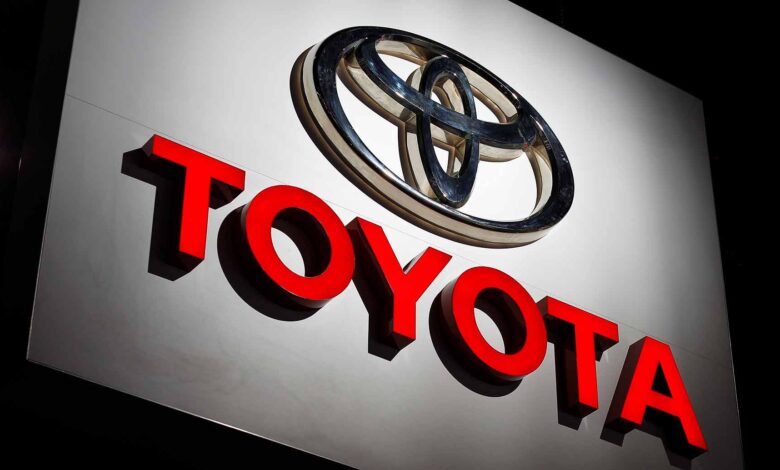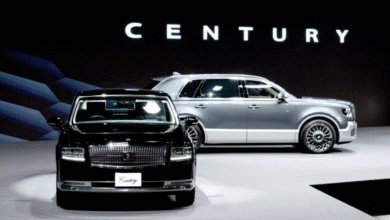The Inspiring Journey of Toyota : From Looms to a Global Automotive Powerhouse

Toyota Motor Corporation, now a global leader in the automotive industry, began its journey in the early 20th century as a small business in Japan. The story of Toyota is a testament to innovation, resilience, and an unwavering commitment to excellence.
Humble beginnings : From looms to automobiles
Toyota’s origins trace back to 1926 when Sakichi Toyoda founded the Toyoda Automatic Loom Works, a company specializing in weaving looms. Sakichi’s groundbreaking invention, the Type G Automatic Loom, was revolutionary for its ability to stop automatically when a thread broke, reducing waste and boosting efficiency. This spirit of innovation laid the groundwork for Toyota’s expansion into the automotive industry.
In 1933, Sakichi’s son, Kiichiro Toyoda, established an automobile department within the company, inspired by the growing popularity of cars in the West. Kiichiro’s vision was to produce Japanese-made vehicles that could compete globally.
The birth of Toyota Motor Company
In 1937, Toyota Motor Company was officially founded as a spin-off from Toyoda Automatic Loom Works. The company’s first passenger car, the Model AA, debuted in 1936, marking Toyota’s entry into the automotive market. The name was changed from “Toyoda” to “Toyota” for simplicity and modernity, as “Toyota” required fewer brush strokes in Japanese.
Overcoming Post-War Challenges
After World War II, Toyota faced significant challenges, including a struggling Japanese economy. Despite these difficulties, the company launched its first small passenger car, the SA, in 1947, signaling the start of its recovery.
The 1950s marked a turning point with the adoption of the Toyota Production System (TPS). This innovative manufacturing approach emphasized efficiency, quality, and waste reduction. Concepts like “just-in-time” production and “kaizen” (continuous improvement) became hallmarks of Toyota’s global success.
Global Expansion and Iconic Models
Toyota entered the U.S. market in 1957 with the Toyota Crown. While initial sales were modest, the company quickly adapted to meet American consumer needs. The launch of the Toyota Corolla in 1966 was a game-changer, establishing itself as one of the best-selling cars worldwide.
By the 1980s, Toyota had become a dominant player in the global automotive market. The introduction of Lexus in 1989, Toyota’s luxury brand, further solidified its reputation for quality and innovation.
Leading the Way in Sustainability
In 1997, Toyota unveiled the Prius, the world’s first mass-produced hybrid car. This groundbreaking innovation underscored Toyota’s commitment to sustainability and cemented its position as a pioneer in environmentally friendly technology.
A Legacy of Excellence
Today, Toyota stands as one of the largest automakers in the world, producing millions of vehicles annually. Its enduring success is built on principles of continuous improvement, customer focus, and an unwavering dedication to quality.
Conclusion
From its early days in textile looms to its status as a global automotive powerhouse, Toyota’s story is a remarkable example of how vision and innovation can transform a small family business into an industry leader.
For more about Toyota’s history and innovations, visit the official Toyota website.




